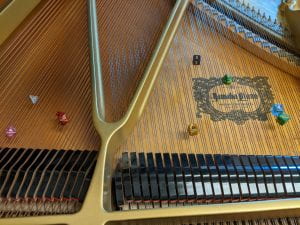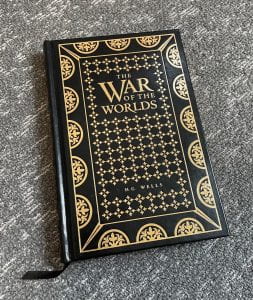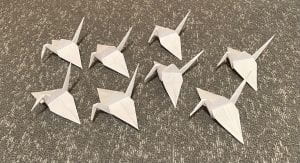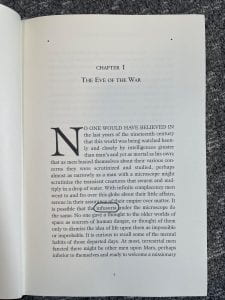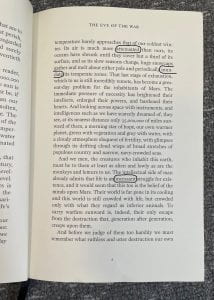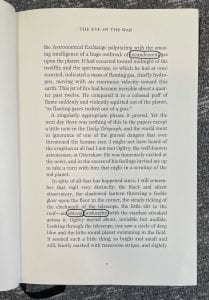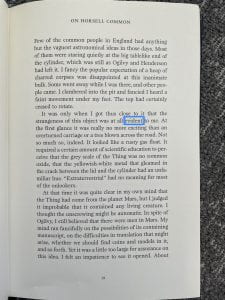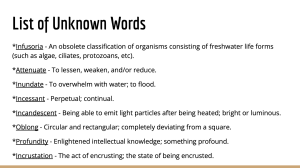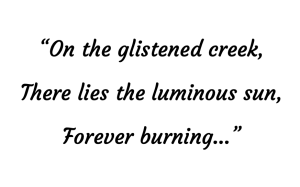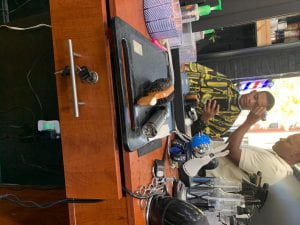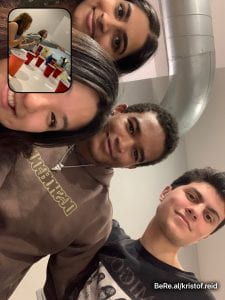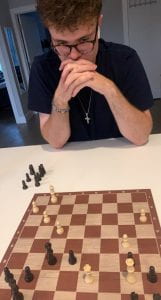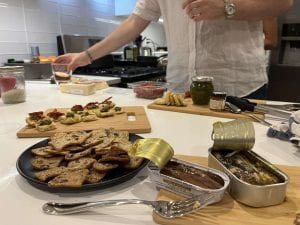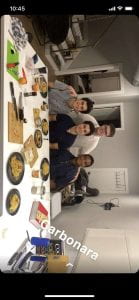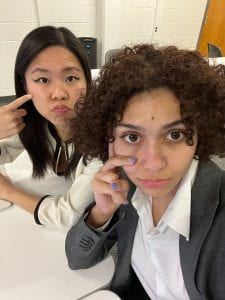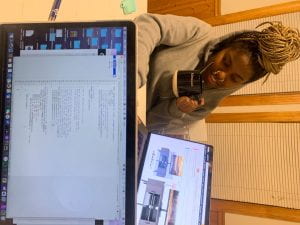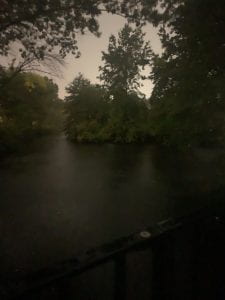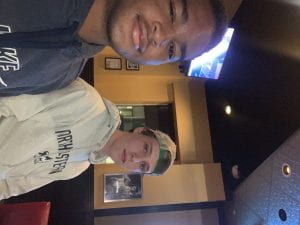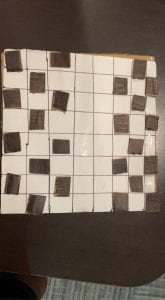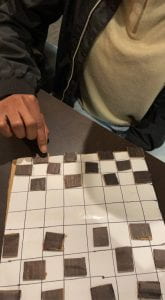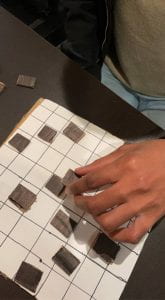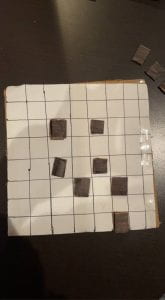Find a place peace and silent,
where nobody is around,
and where you can see the sky.
Close your eyes and take a deep breathe.
Play your favourite music and look up in the sky.
And you may leave when you begin to feel the silence.
The following pictures are some playtests conducted.

Top floor of the Columbus Garage during night
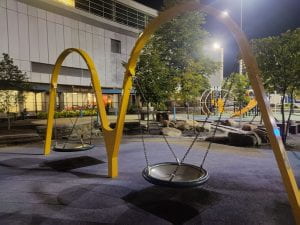
Park near the Carter Playground
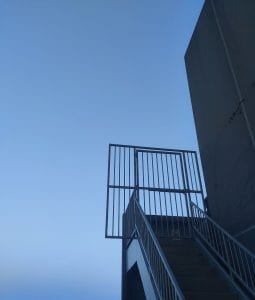
Top of the apartment building
This score is inspired by Yoko Ono and the idea of this score comes from an art game called Loneliness, which is basically a game where player control a black square and wander in the emtpy gamespace, and can’t interact with the surroundings. When I was playing that game, I had a feeling of silence and a sense of relieveness besides the loneliness. Therefore, I want to create a score that will somehow generate similar feelings. This Yoko Ono’s style score is actually similar to meditating, but it must be conducted alone in a place where nobody is around in order to generate similar atmosphere with the game Loneliness. Also, feeling the silence is not about hearing nothing or being quiet, but is to feel the silence internally, so the score delibrately ask the conductor to play music while seeking the silence to create the contrast and let the conductor feel the inner silence more obviously. Personally, I like to find a high place such as the top of a building where nobody is there and conduct the score, but the place really depends on individual’s preference.


